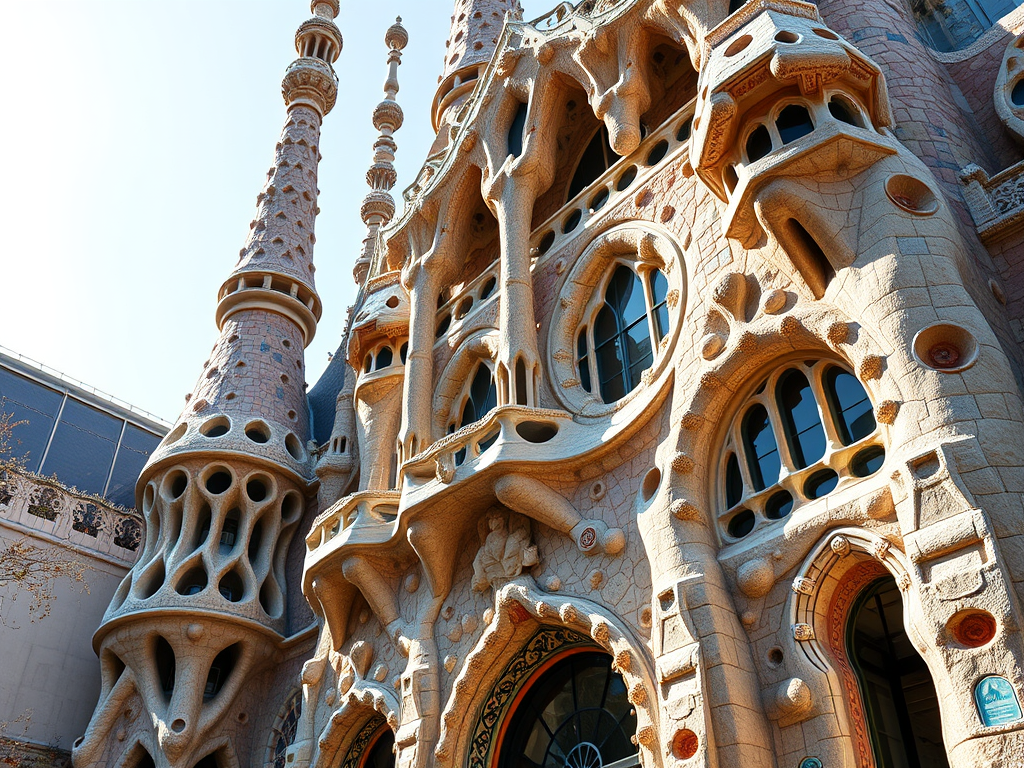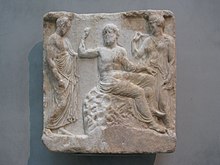The history of changes and reforms in healthcare organizations shows many interesting elements, although it may seem that immobility is predominant. In reality, contrary to what is usually thought, changes are taking place every day, without any prior planning. They are gradual, imperceptible changes, which may be noticed after a while, when a professional’s actions in dealing with a person adopt a different, closer and more personalized language.
But these gradual changes suffer from some important characteristics, which, among other things, do not allow progress in a true transformation of the system as a whole, which is necessary at a time when citizens feel that the system does not meet their needs and preferences.
Some of these characteristics can be appreciated in Gaudí’s architecture. It is said that when Gaudí was asked in 1888 what the building of the Teresian College would be like, he answered: “In this house one will be well”, which reflects the final objective of architecture, that of making those who live in the houses feel well, not for the architect to obtain recognition or for the building to be catalogued as monumental or historical (although these elements may also be possible, as in the case of Gaudí).
A constant in the changes that occur in organizations is to think about the effects or intermediate results, without taking into account the final result, possibly because those who design the reform, the experts, perform an exercise of simplification of reality.
At a time when the measures that seem urgent and a priority and that focus on cost control (in pharmaceutical spending, purchasing, investments, etc.) or on increasing revenue (through special taxes), or even on increasing the number of staff, but without prior planning, the structural measures are forgotten, those that make it possible to transform the model and orient it in one direction: satisfying the needs and expectations of patients and professionals, with the resources available.
The danger of focusing on tasks, processes, techniques and management tools is that they often appear as objectives in themselves, leaving aside the real target of the changes. We forget, for example, to investigate the real needs of patients, to reach agreements with patient associations or to actively participate in patient forums. Or we forget to encourage the mobility of professionals, to redirect and align incentives, to grant greater autonomy in clinical management, etc. In this way we leave the real protagonists out of the film.
But Gaudí also teaches us another secret: that of breaking the molds of flat architecture, based on Euclidean geometry and easily drawn with a compass and square. Gaudí, on the contrary, imitates Nature, which offers forms of great beauty and utility, logical and attractive forms for human beings. He adopts an organic approach, far from mechanistic reductionism.
There is nothing better, in this sense, than copying Nature, than observing and encouraging good practices. True innovations emerge with a blank sheet of paper, by encouraging selective experiments and observing the practices of innovative professionals: in favorable environments, excellent results are shown to be achieved. But for this to happen, the context must be favorable, and this is the true role of managers and experts: to encourage and enable true autonomy for professionals and to form teams that are able to align themselves with patients and break down barriers, merging with the community and with organizations that work with people.

